Signs of Bed Bugs Living Inside Your Mattress
One of the most common places for bed bugs to reside is inside a mattress. These tiny insects can easily hide in the seams and crevices of your mattress, making it difficult to detect their presence. If you suspect that you have bed bugs living in your mattress, there are a few key signs to look out for.
Reddish/Brown Stains: Bed bugs leave behind small, dark stains on your mattress from their droppings. These stains are often found on the mattress seams and can be a tell-tale sign of their presence.
Bites on Your Body: Waking up with itchy red bites on your body is a clear indicator that you have bed bugs living in your mattress. These bites can be found in a line or cluster on your skin and are often mistaken for mosquito or flea bites.
Musty Odor: If you notice a musty, sweet odor coming from your mattress, it could be a sign of a bed bug infestation. This scent is a result of the pheromones that bed bugs release, and it can be quite strong in severe infestations.
How to Check for Bed Bugs Inside Your Mattress
Before you can get rid of bed bugs living in your mattress, you need to confirm their presence. Here are some steps to follow when checking for bed bugs:
Strip Your Bed: Remove all bedding, including sheets, pillowcases, and comforters. Inspect each item for any signs of bed bugs or their droppings.
Examine Your Mattress Seams: Use a flashlight to thoroughly inspect the seams and crevices of your mattress. Look for any reddish/brown stains or the bugs themselves.
Check Your Box Spring: Bed bugs can also hide in the box spring of your mattress. Remove the dust cover and inspect all seams and corners for any signs of bed bugs.
Use a Bed Bug Detector: You can also purchase a bed bug detection kit, which contains a trap that lures bed bugs in with a pheromone and catches them in a sticky substance.
Can Bed Bugs Survive Inside a Mattress?
Unfortunately, the answer is yes. Bed bugs can survive for several months without feeding, and a mattress provides the perfect hiding spot for them. They can also lay up to five eggs a day, making it easy for an infestation to quickly grow.
It is important to act quickly if you suspect bed bugs are living in your mattress to prevent them from spreading to other areas of your home.
Identifying Bed Bugs Inside Your Mattress
Bed bugs are small, flat, and oval-shaped insects that are typically brown or reddish-brown in color. They are about the size of an apple seed, making them difficult to spot with the naked eye. In addition to the signs mentioned above, you can identify bed bugs by:
Shed Skins: As bed bugs grow, they shed their skins. These skins can be found in areas where bed bugs reside, such as your mattress.
Visible Bugs: If you are lucky, you may be able to see actual bed bugs crawling on your mattress or bedding. However, they are excellent at hiding, so this is not always the case.
Eggs: Bed bug eggs are tiny and white, making them difficult to spot. They are often found in clusters and can be attached to fabric or other surfaces.
How to Get Rid of Bed Bugs Living in Your Mattress
If you have confirmed that you have bed bugs living in your mattress, it is crucial to take immediate action to get rid of them. Here are some steps to follow:
Wash and Dry Your Bedding: Remove all bedding and wash it in hot water. Then, dry it on high heat for at least 30 minutes to kill any bed bugs or eggs.
Vacuum Your Mattress: Use a vacuum with a HEPA filter to thoroughly vacuum your mattress. Be sure to also vacuum the surrounding areas, such as the bed frame and baseboards.
Encase Your Mattress: Invest in a bed bug-proof mattress encasement to prevent any remaining bed bugs from escaping or re-infesting your mattress.
Use Pesticides: If the infestation is severe, you may need to use a pesticide specifically designed for bed bugs. Be sure to carefully follow the instructions and use caution when using pesticides.
Preventing Bed Bugs from Living Inside Your Mattress
Prevention is key when it comes to bed bugs. Here are some tips to help keep them from living in your mattress:
Inspect Second-Hand Furniture: Before bringing any used furniture into your home, thoroughly inspect it for any signs of bed bugs.
Be Careful When Traveling: When staying in a hotel or rental property, inspect the mattress for any signs of bed bugs before settling in.
Use Protective Covers: In addition to encasing your mattress, consider using protective covers on your box spring and pillows to prevent any potential bed bugs from hiding there.
Do Bed Bugs Only Live in Mattresses?
No, bed bugs can also live in other areas of your home, such as furniture, baseboards, and even electrical outlets. However, mattresses are a common hiding spot for them due to the easy access to human hosts.
What to Do if You Find Bed Bugs Inside Your Mattress
Discovering bed bugs living in your mattress can be stressful and overwhelming. Here are some steps to take if you find bed bugs:
Stay Calm: While it may be tempting to panic, it is important to stay calm and take action.
Thoroughly Inspect Your Home: Check other areas of your home for any signs of bed bugs. If the infestation is severe, you may need to contact a professional exterminator.
Follow the Steps to Get Rid of Them: Use the steps mentioned above to get rid of bed bugs living in your mattress.
Be Diligent with Prevention: After successfully getting rid of bed bugs, continue to be diligent with prevention methods to avoid future infestations.
How Long Can Bed Bugs Live Inside a Mattress?
The lifespan of a bed bug can vary depending on factors such as temperature and availability of food. However, in ideal conditions, they can survive up to a year without feeding. This is why it is crucial to take immediate action if you suspect bed bugs are living in your mattress.
Why Do Bed Bugs Prefer to Live Inside Mattresses?
Bed bugs are attracted to warmth and carbon dioxide, both of which are readily available from a human host. Mattresses provide the perfect environment for them to hide and feed on their hosts while remaining undetected. They can also easily spread to other areas of the home from a mattress, making it an ideal location for them to live.
Why You Should Check Your Mattress for Bed Bugs

Understanding the Habits of Bed Bugs
 When it comes to the question of whether bed bugs live inside mattresses, the answer is yes. These tiny insects are known for their ability to hide in various areas of a home, including mattresses, box springs, and even bed frames. They are attracted to warm, dark places and feed off of the blood of humans and animals.
Bed bugs
are especially prevalent in areas where there is a lot of human traffic, such as hotels, apartments, and dormitories. They can also be found in single-family homes, making it important for all homeowners to be aware of the signs and take necessary precautions.
When it comes to the question of whether bed bugs live inside mattresses, the answer is yes. These tiny insects are known for their ability to hide in various areas of a home, including mattresses, box springs, and even bed frames. They are attracted to warm, dark places and feed off of the blood of humans and animals.
Bed bugs
are especially prevalent in areas where there is a lot of human traffic, such as hotels, apartments, and dormitories. They can also be found in single-family homes, making it important for all homeowners to be aware of the signs and take necessary precautions.
Mattresses are Ideal Hiding Places
 Bed bugs
are small and flat, which allows them to easily hide in the seams and crevices of a mattress. They are also able to travel long distances, making it possible for them to spread throughout an entire home. However, their favorite hiding place is the mattress. This is because it provides the perfect environment for them to thrive – warm and close to their food source.
Bed bugs
are also attracted to the carbon dioxide and body heat that humans emit while sleeping, making mattresses an ideal hiding place.
Bed bugs
are small and flat, which allows them to easily hide in the seams and crevices of a mattress. They are also able to travel long distances, making it possible for them to spread throughout an entire home. However, their favorite hiding place is the mattress. This is because it provides the perfect environment for them to thrive – warm and close to their food source.
Bed bugs
are also attracted to the carbon dioxide and body heat that humans emit while sleeping, making mattresses an ideal hiding place.
Signs of Bed Bugs in Your Mattress
 If you suspect your mattress may have bed bugs, there are a few signs you can look out for. One of the most obvious signs is the presence of tiny brown or red spots on your sheets, pillowcases, or mattress. These are the fecal stains left behind by
bed bugs
. You may also notice a musty, sweet odor coming from your mattress, which is a result of the pheromones they release. Additionally, you may find small, oval-shaped eggs or shed exoskeletons in the crevices of your mattress.
If you suspect your mattress may have bed bugs, there are a few signs you can look out for. One of the most obvious signs is the presence of tiny brown or red spots on your sheets, pillowcases, or mattress. These are the fecal stains left behind by
bed bugs
. You may also notice a musty, sweet odor coming from your mattress, which is a result of the pheromones they release. Additionally, you may find small, oval-shaped eggs or shed exoskeletons in the crevices of your mattress.
Preventing and Treating Bed Bugs in Your Mattress
 Fortunately, there are several ways to prevent and treat
bed bugs
in your mattress. Regularly inspecting your mattress and sheets for signs of bed bugs is crucial. If you do find any, vacuuming and steam cleaning your mattress can help get rid of them. It is also important to wash your bedding in hot water and dry on high heat to kill any remaining bed bugs.
Bed bug
covers are also available, which can prevent them from spreading to other parts of your home.
In conclusion,
bed bugs
are indeed capable of living inside mattresses. Knowing the signs to look out for and taking preventative measures can help keep these pesky insects at bay. Regularly inspecting and cleaning your mattress is key in ensuring a comfortable and bug-free sleep.
Fortunately, there are several ways to prevent and treat
bed bugs
in your mattress. Regularly inspecting your mattress and sheets for signs of bed bugs is crucial. If you do find any, vacuuming and steam cleaning your mattress can help get rid of them. It is also important to wash your bedding in hot water and dry on high heat to kill any remaining bed bugs.
Bed bug
covers are also available, which can prevent them from spreading to other parts of your home.
In conclusion,
bed bugs
are indeed capable of living inside mattresses. Knowing the signs to look out for and taking preventative measures can help keep these pesky insects at bay. Regularly inspecting and cleaning your mattress is key in ensuring a comfortable and bug-free sleep.

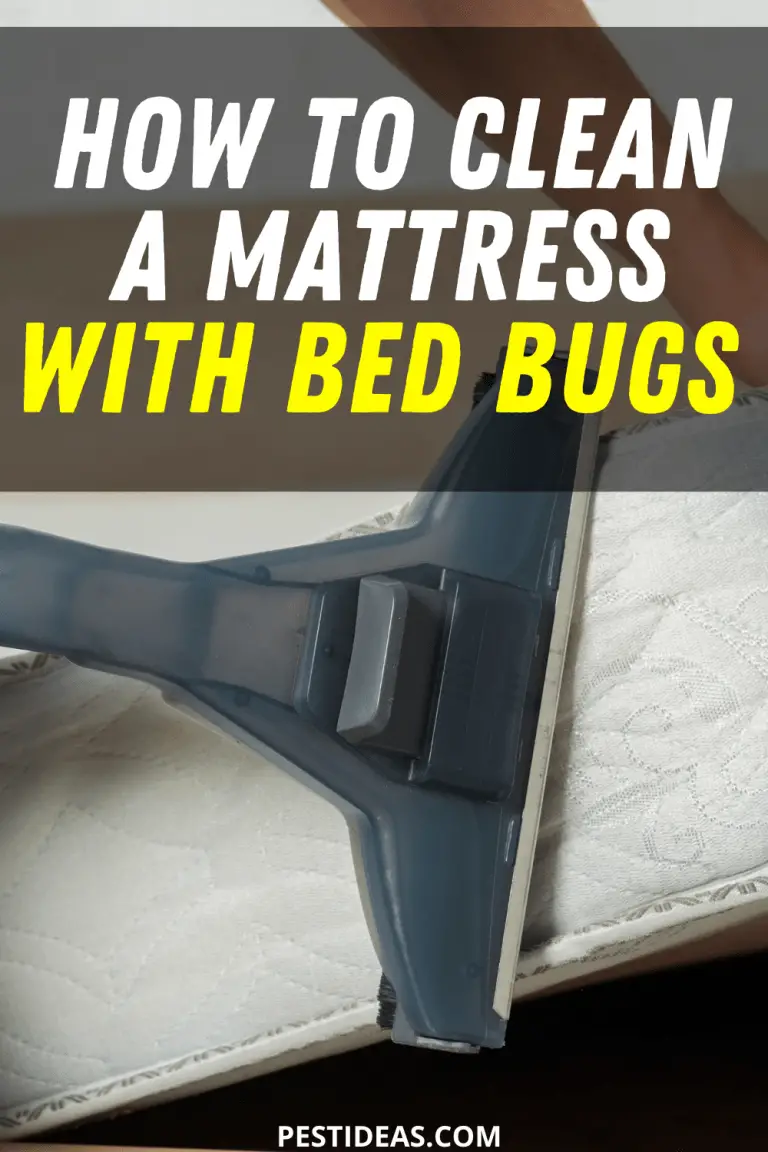








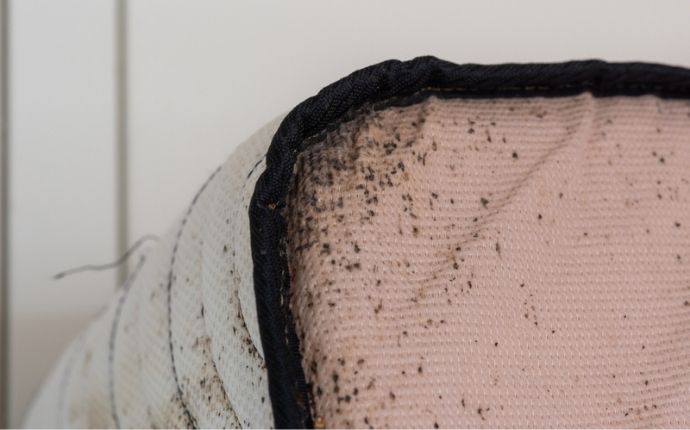
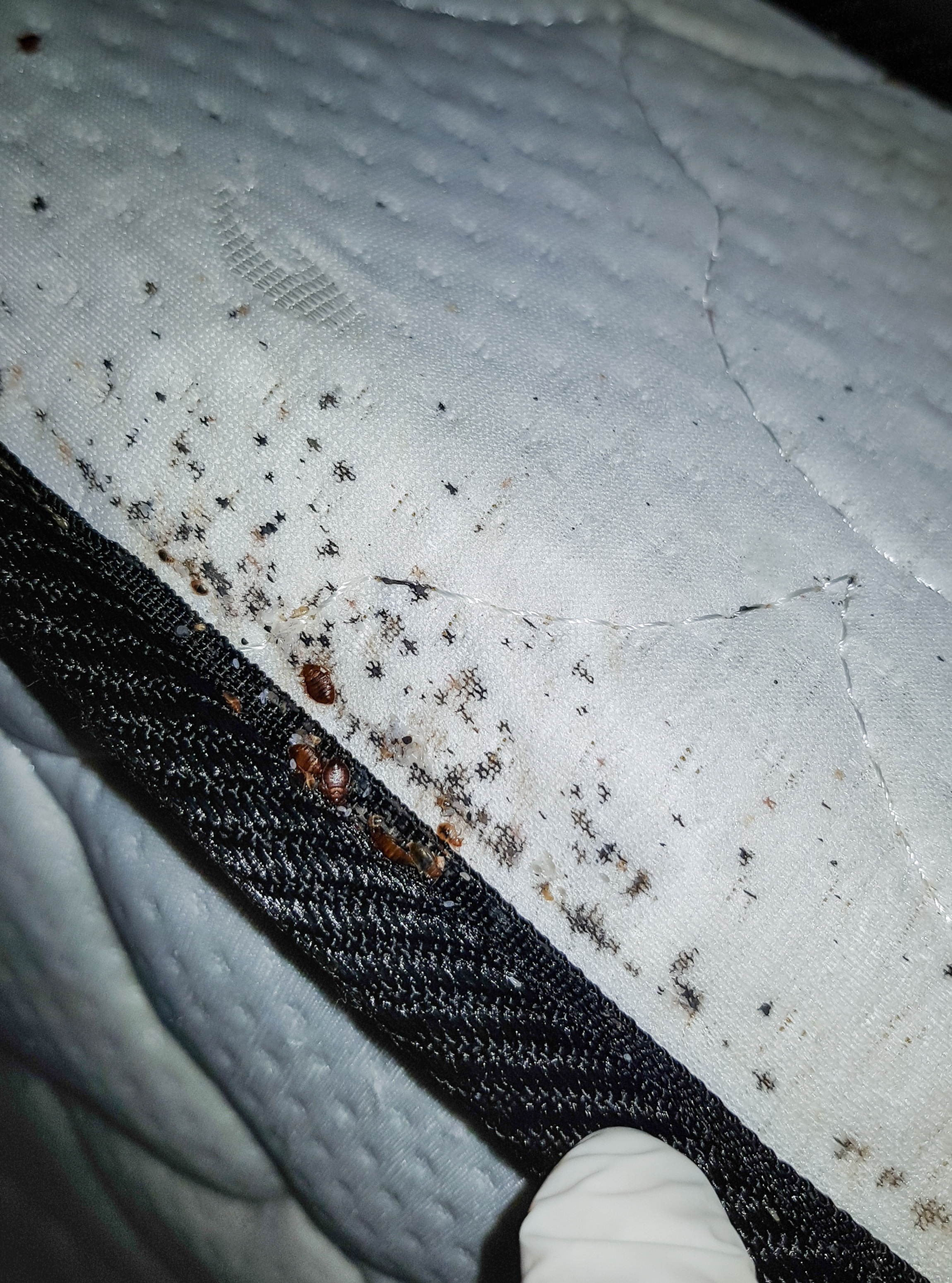
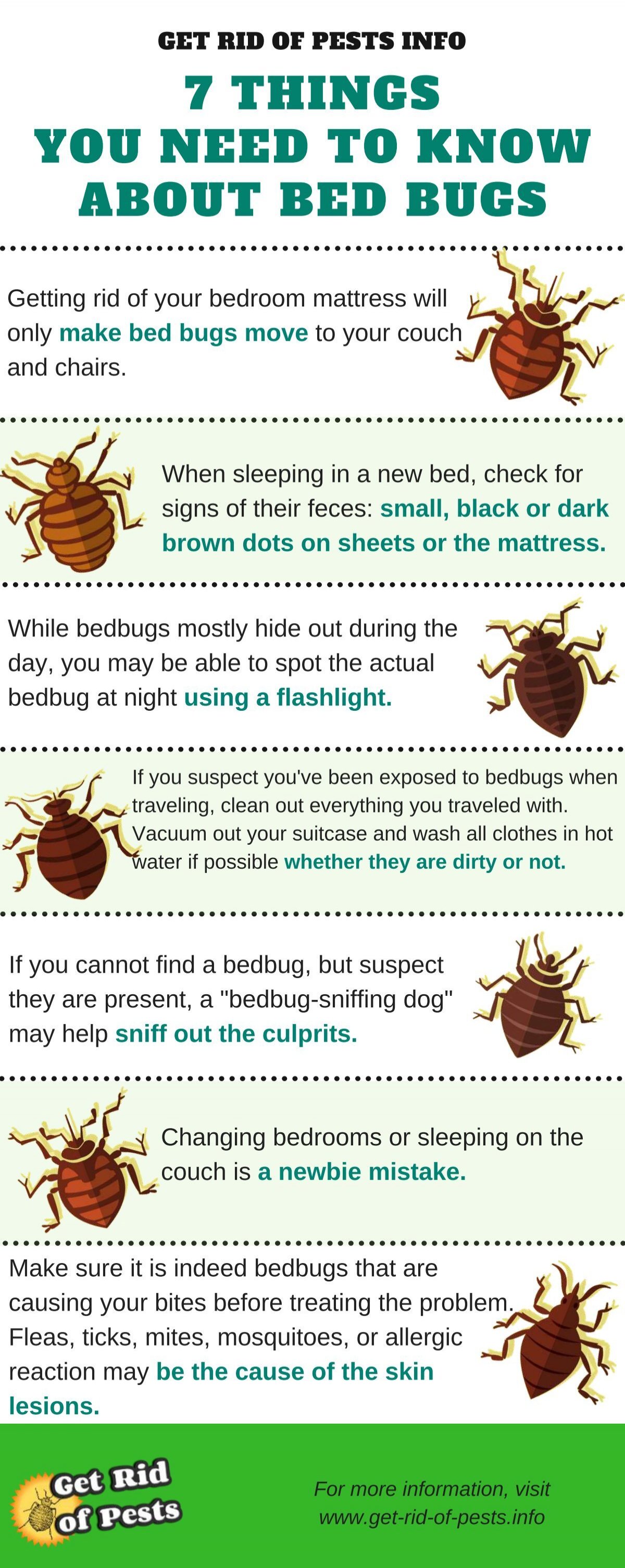


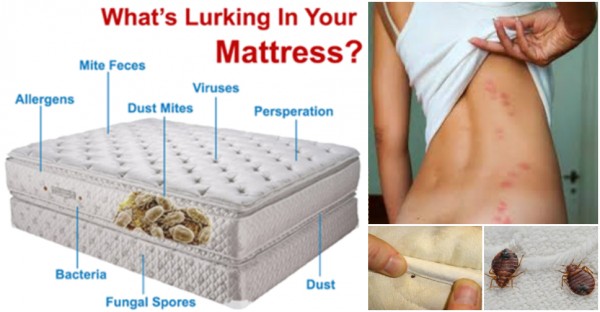



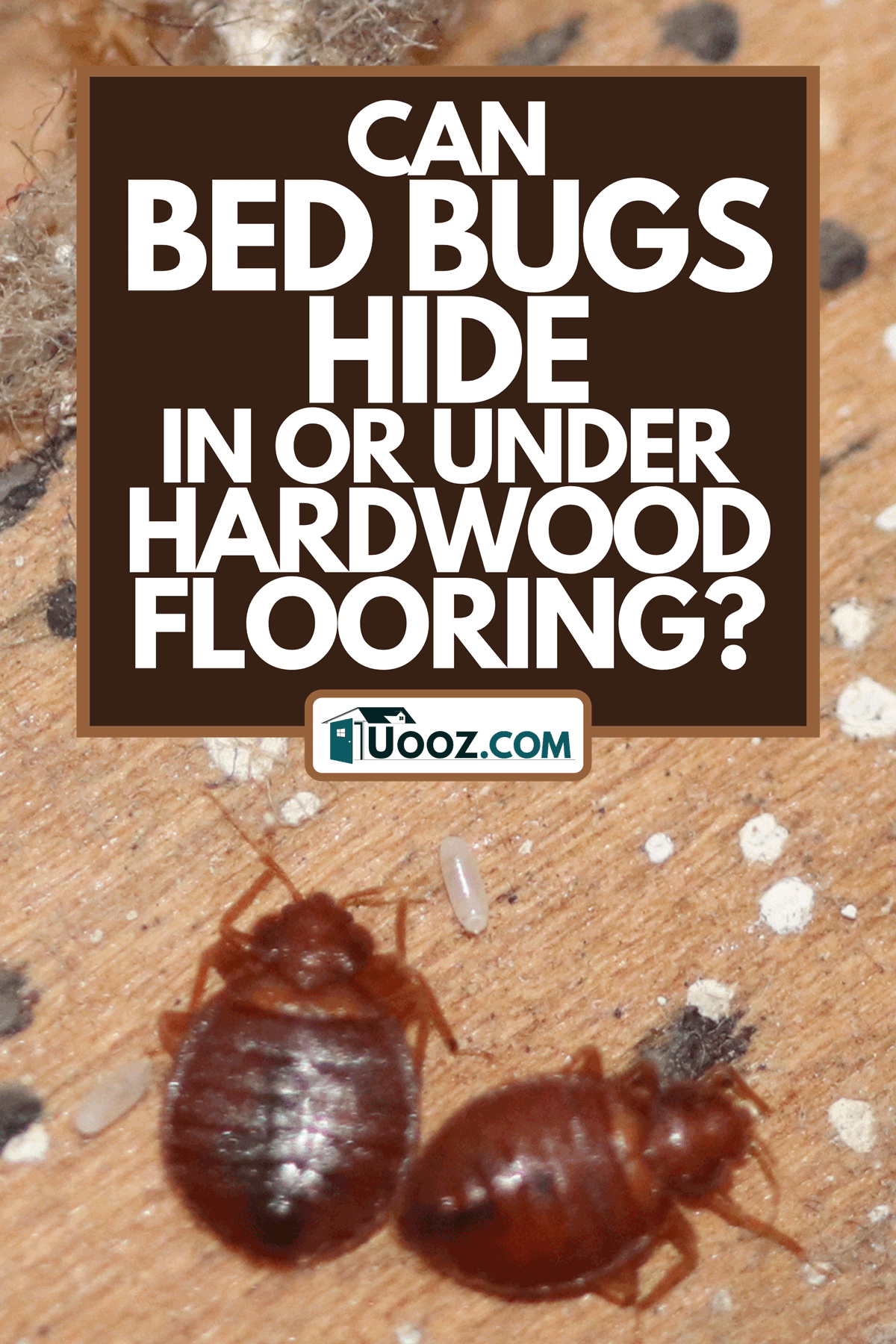




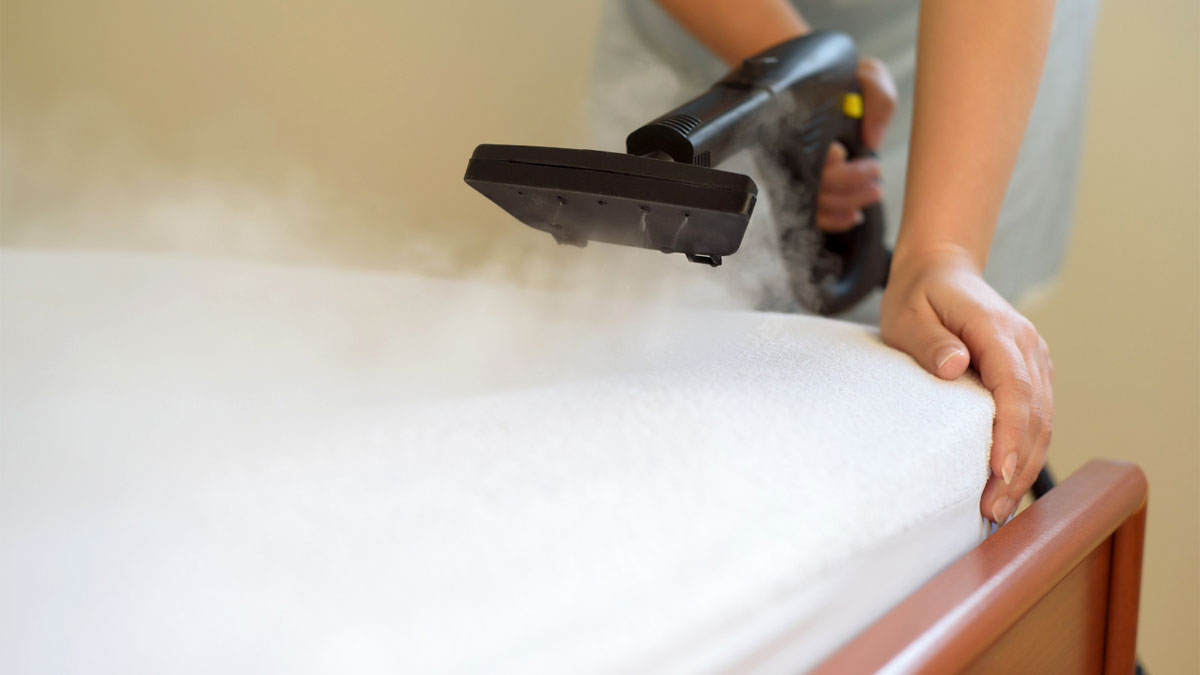
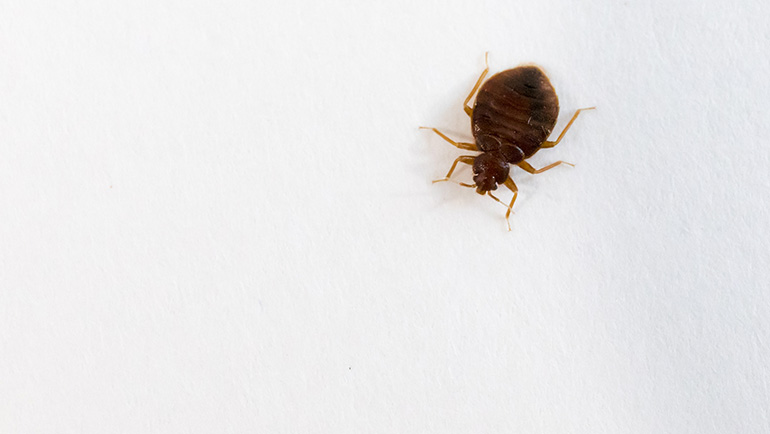






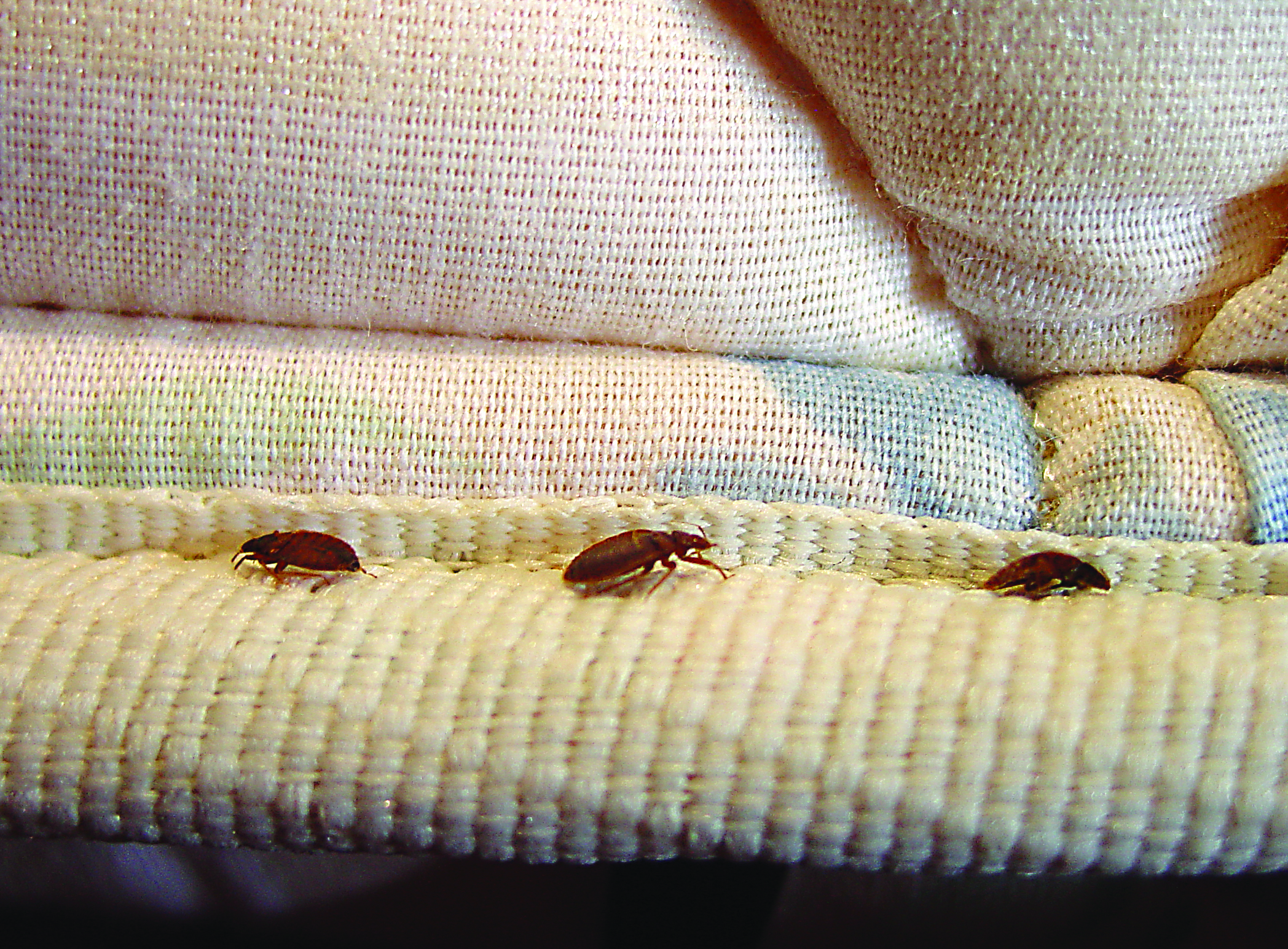
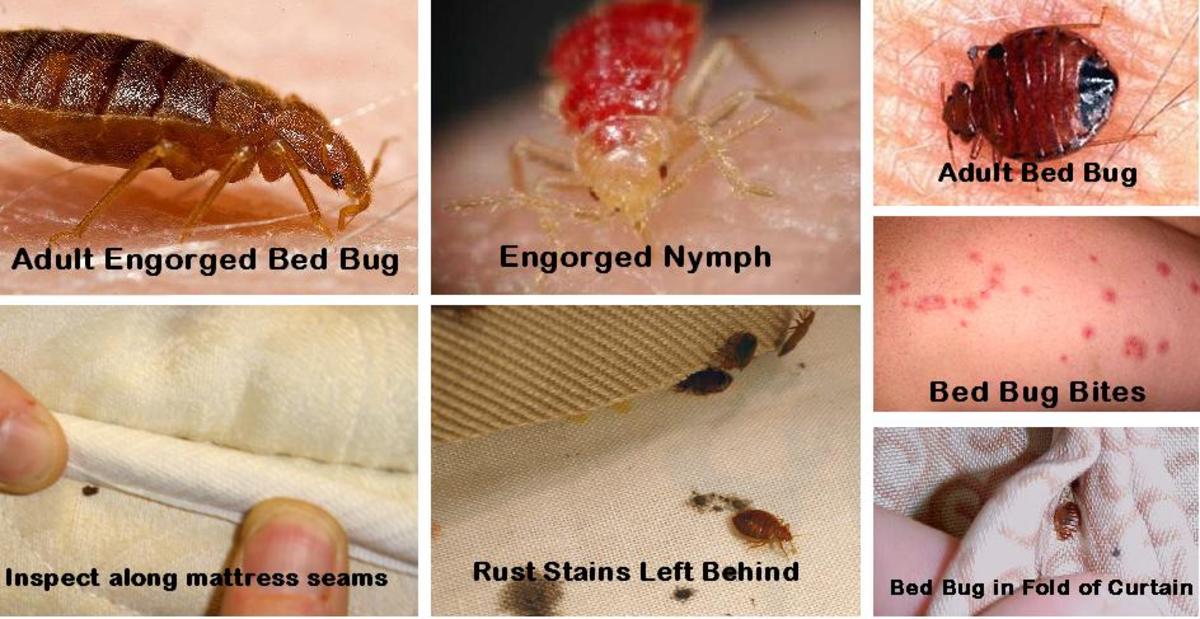
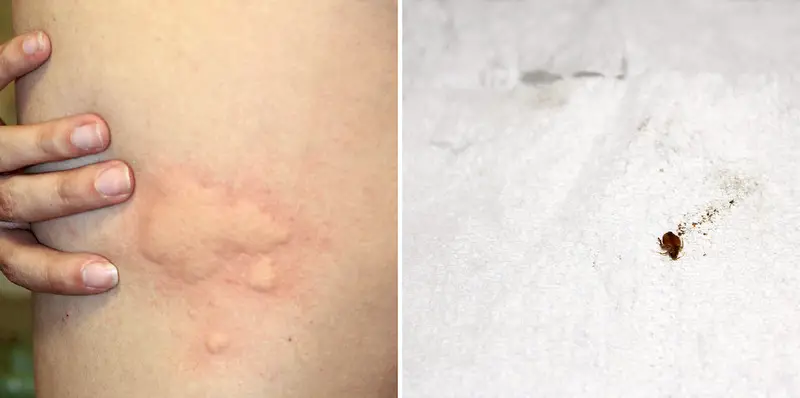




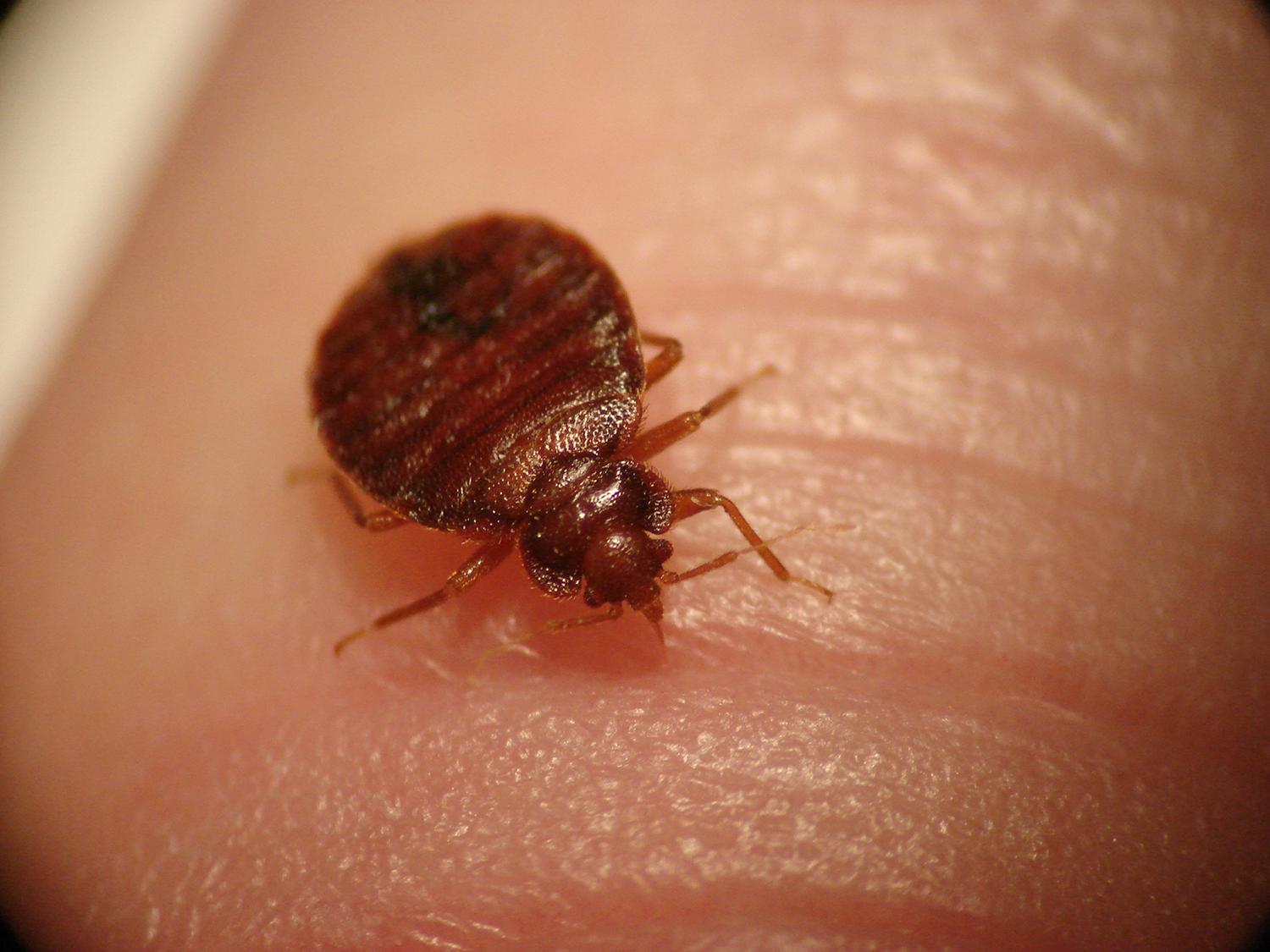


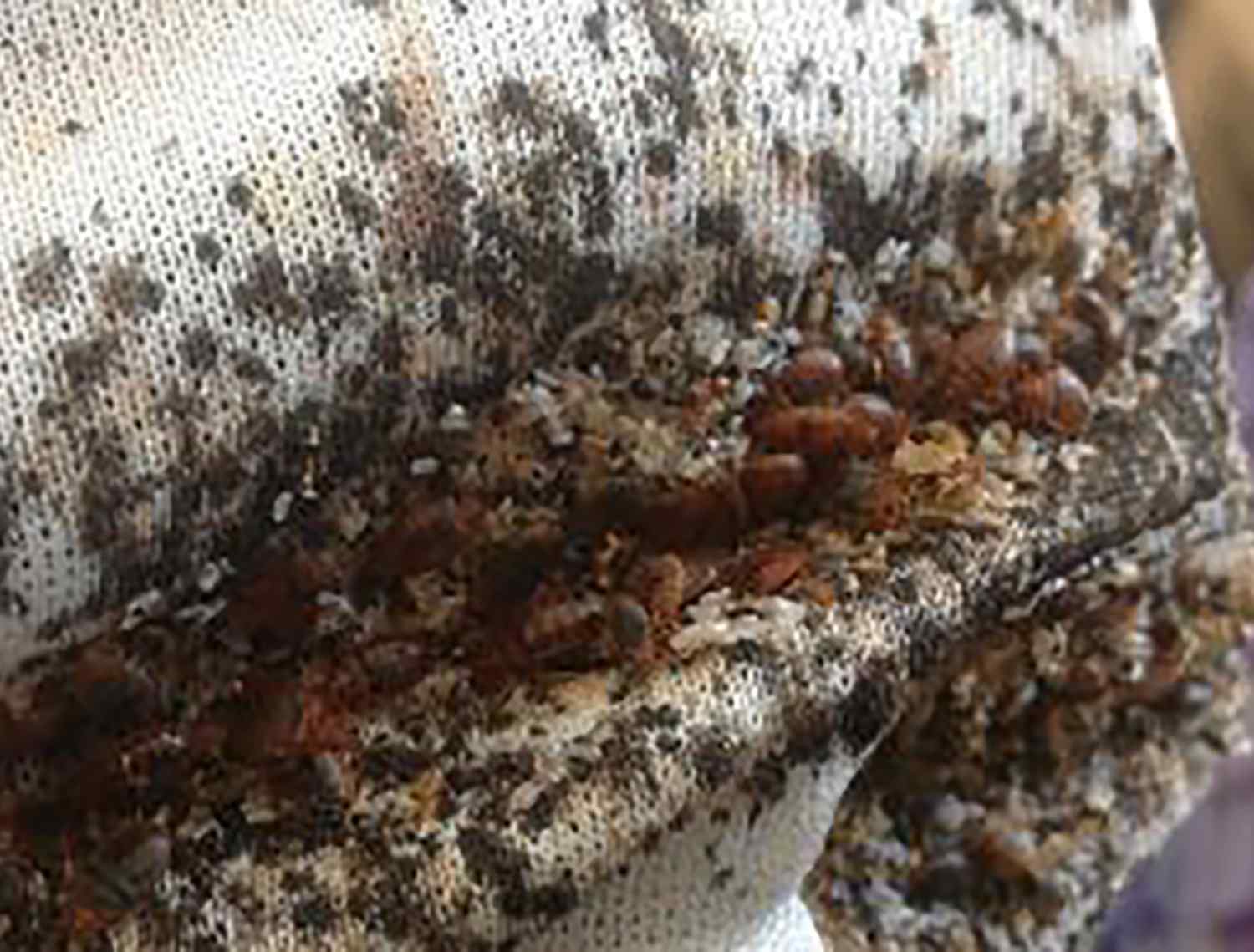
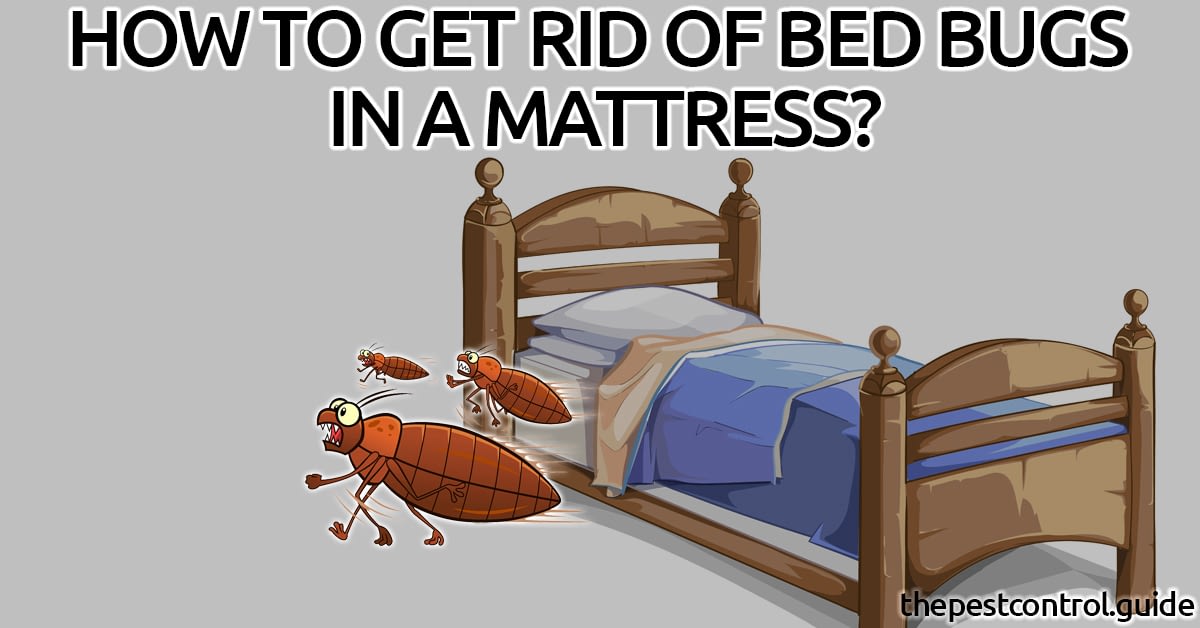
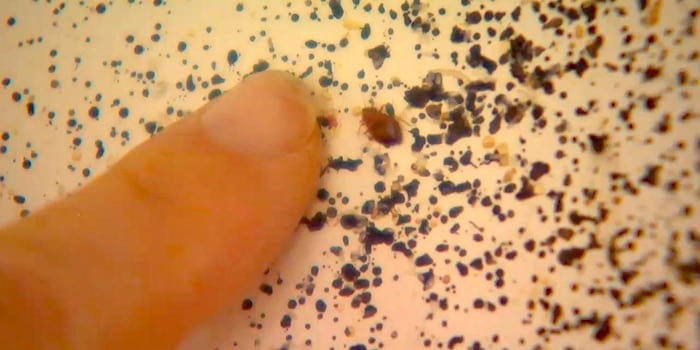
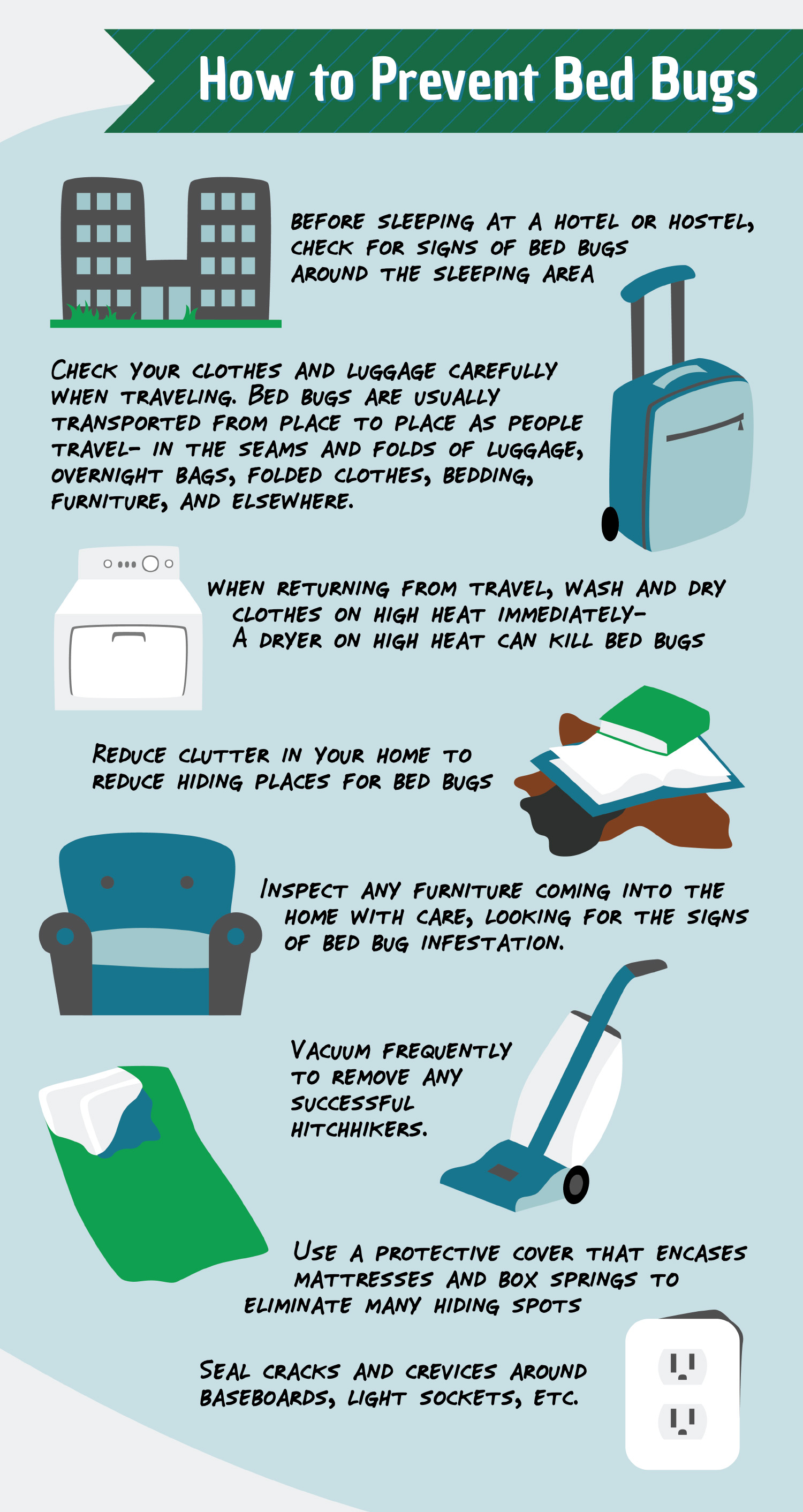




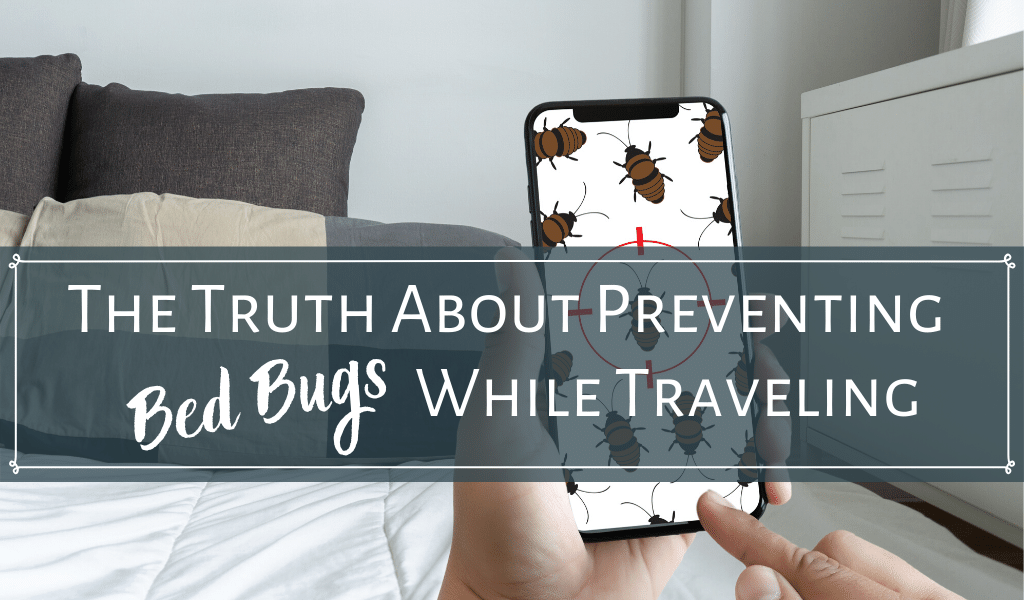
:max_bytes(150000):strip_icc()/Adult_bed_bug_Cimex_lectularius-aa15e61505184492a2ed03440da0065b.jpg)

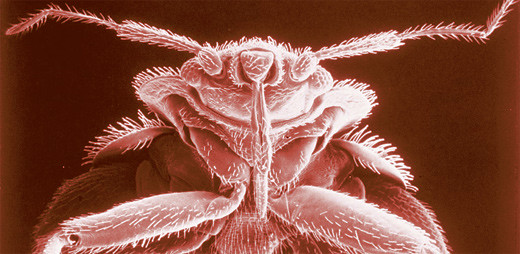
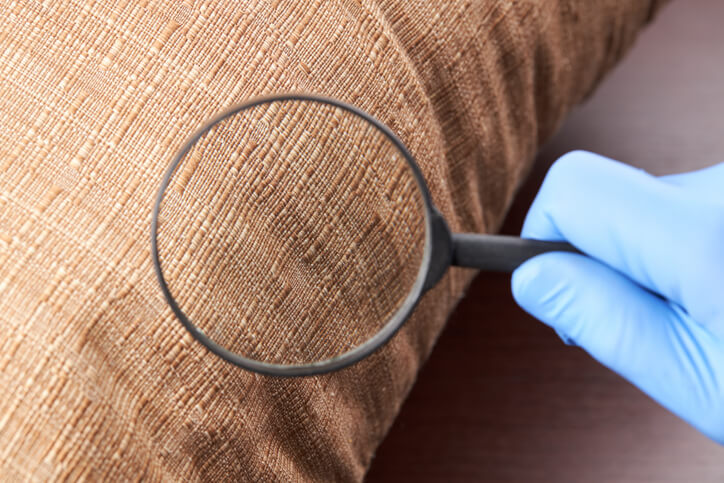
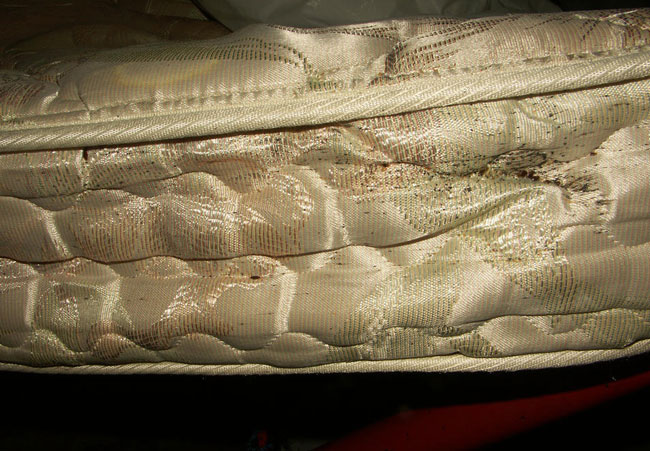
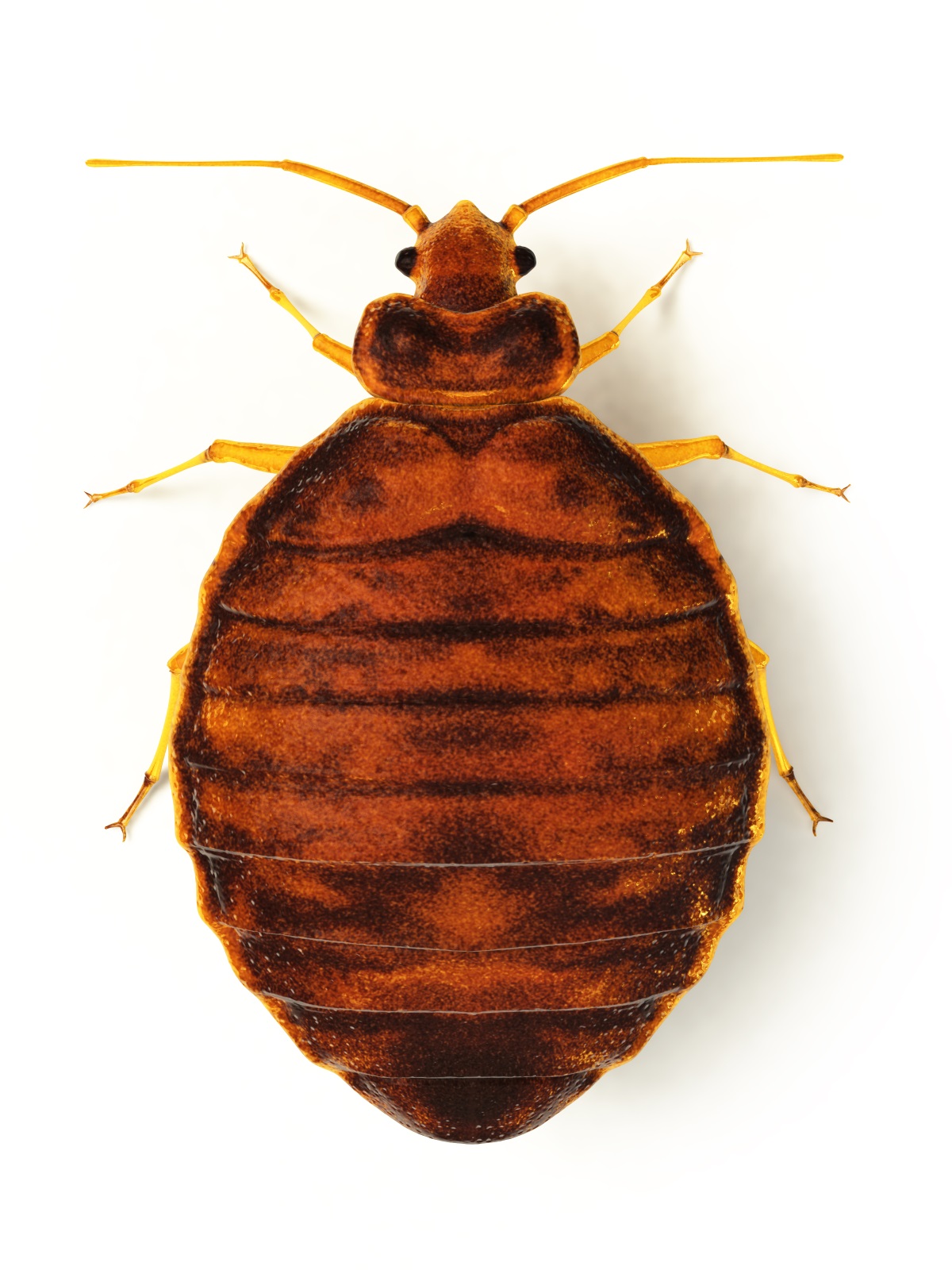






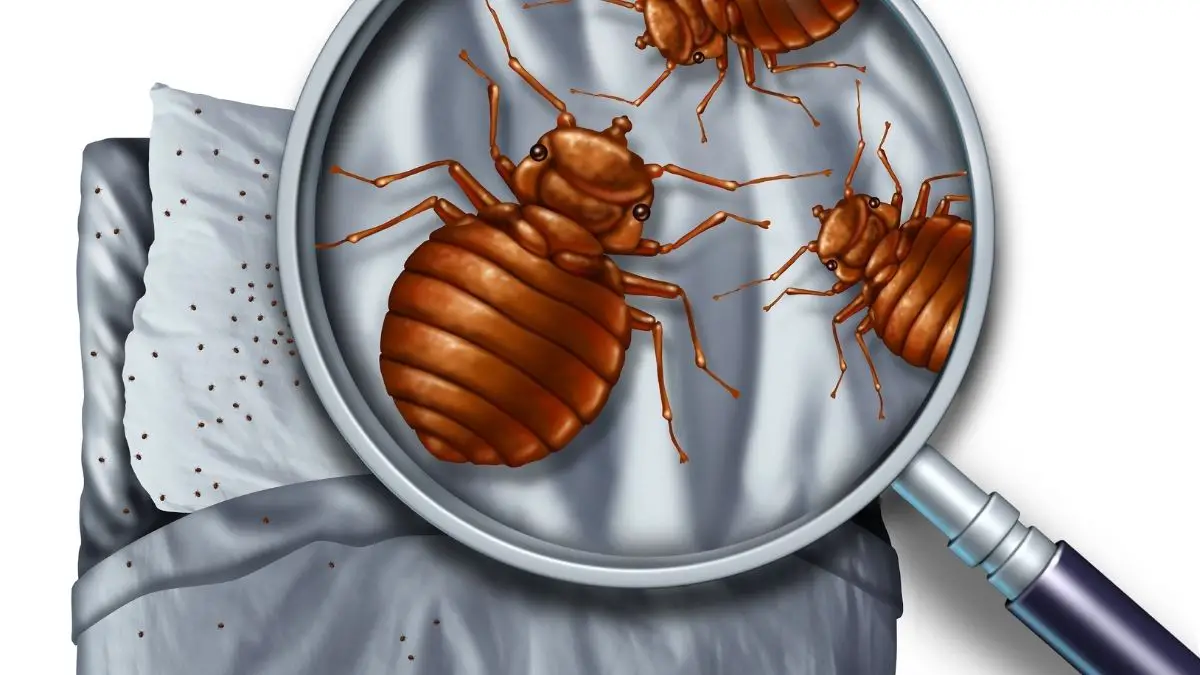
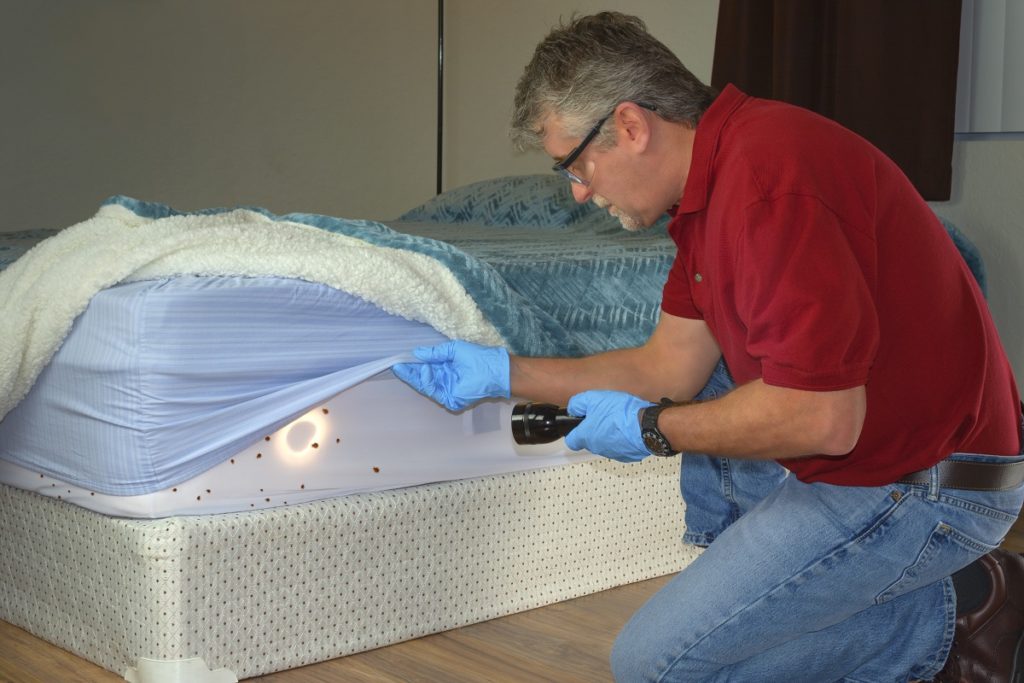

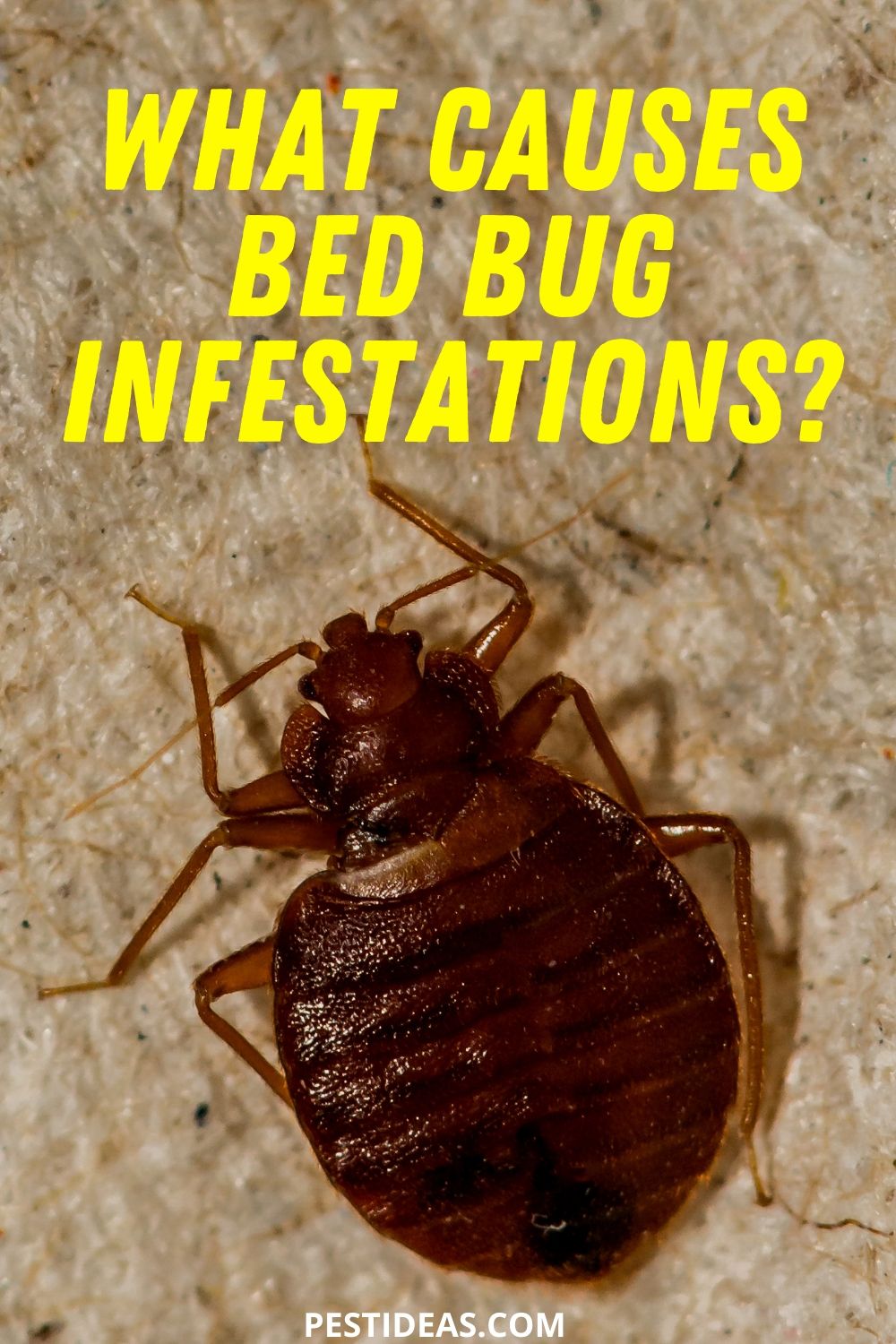

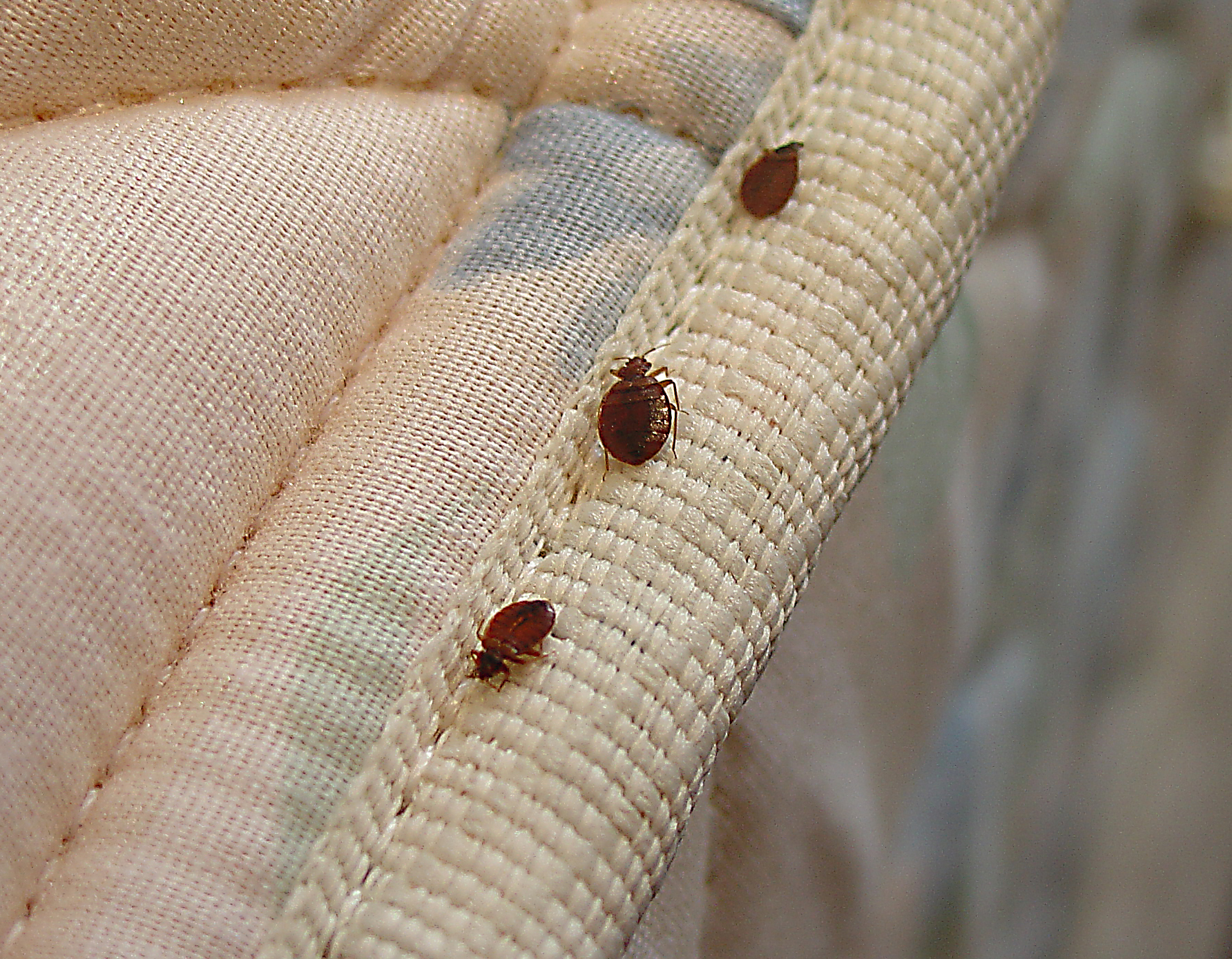






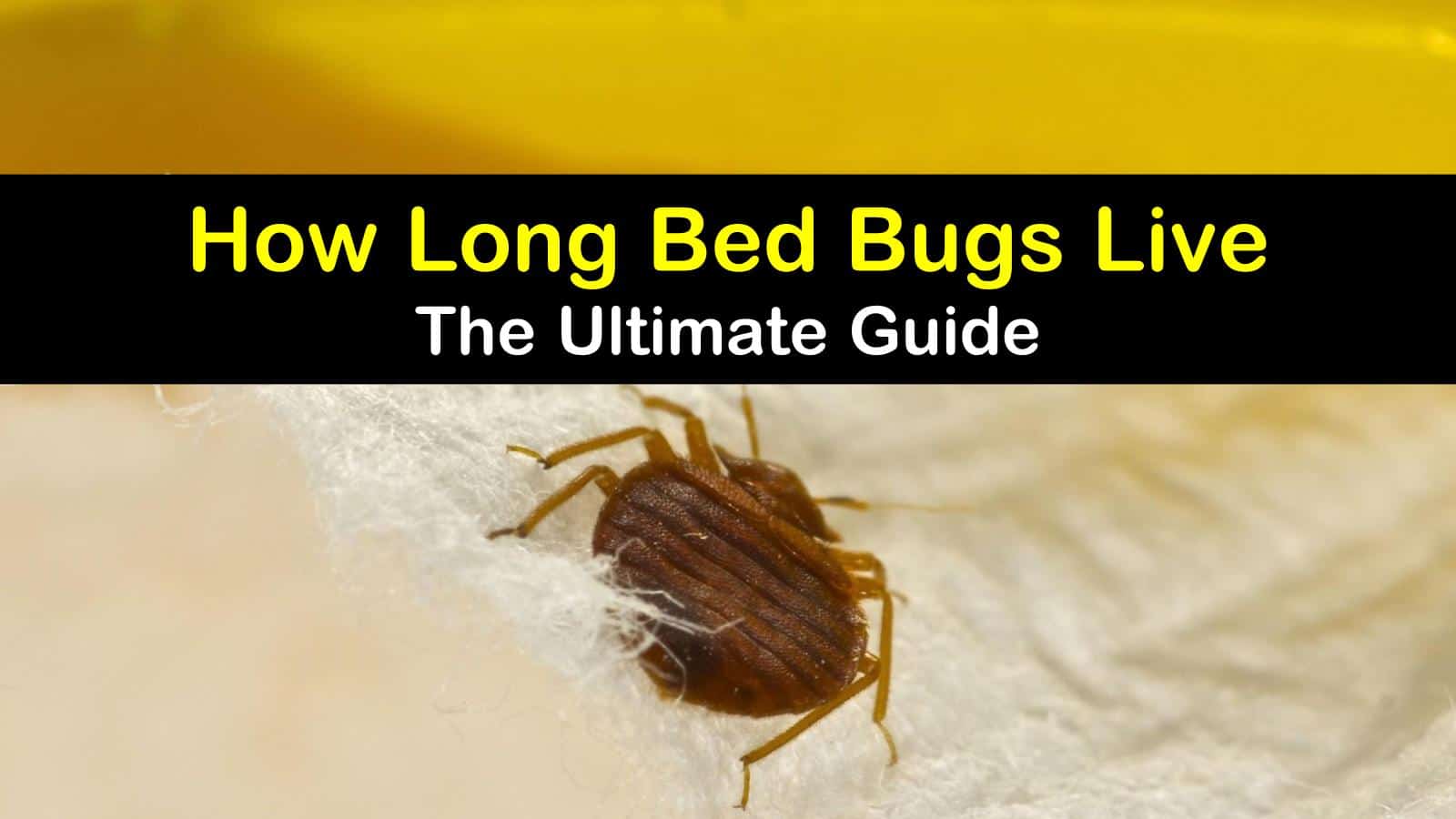
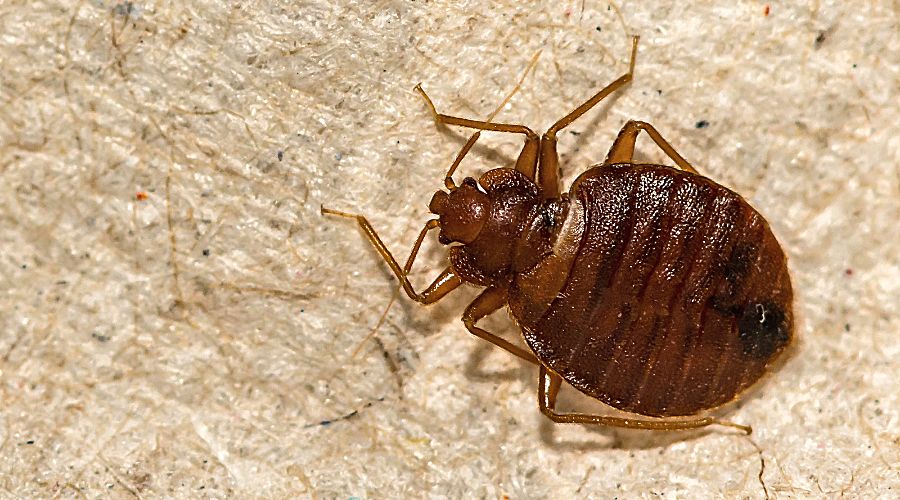
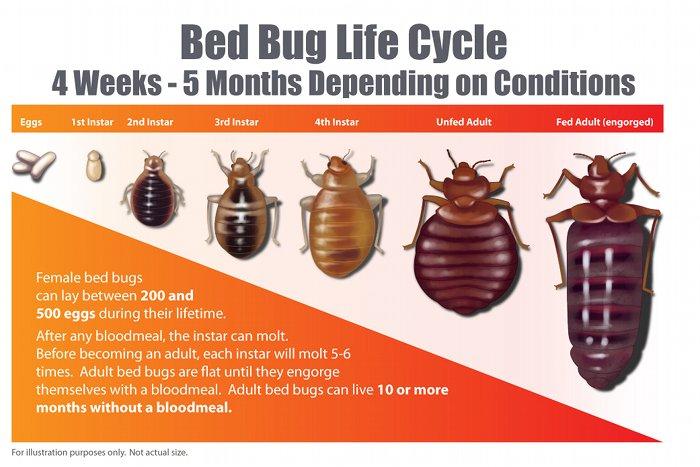


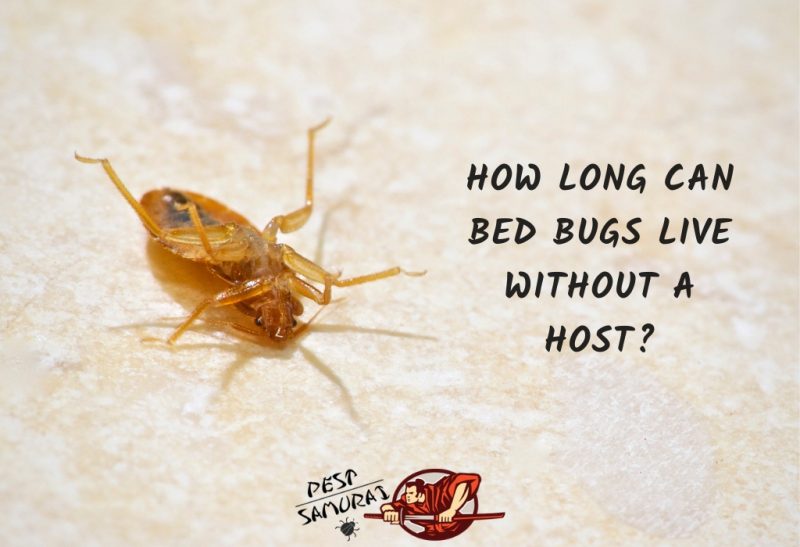
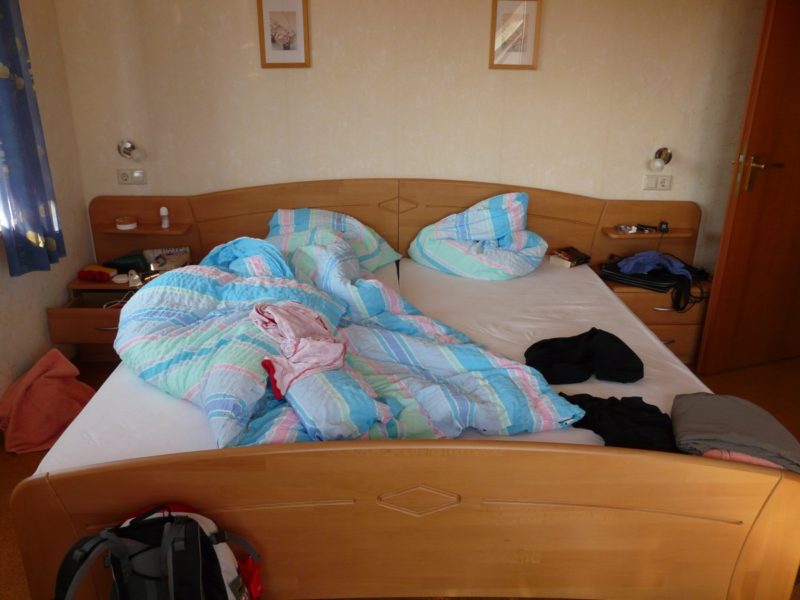
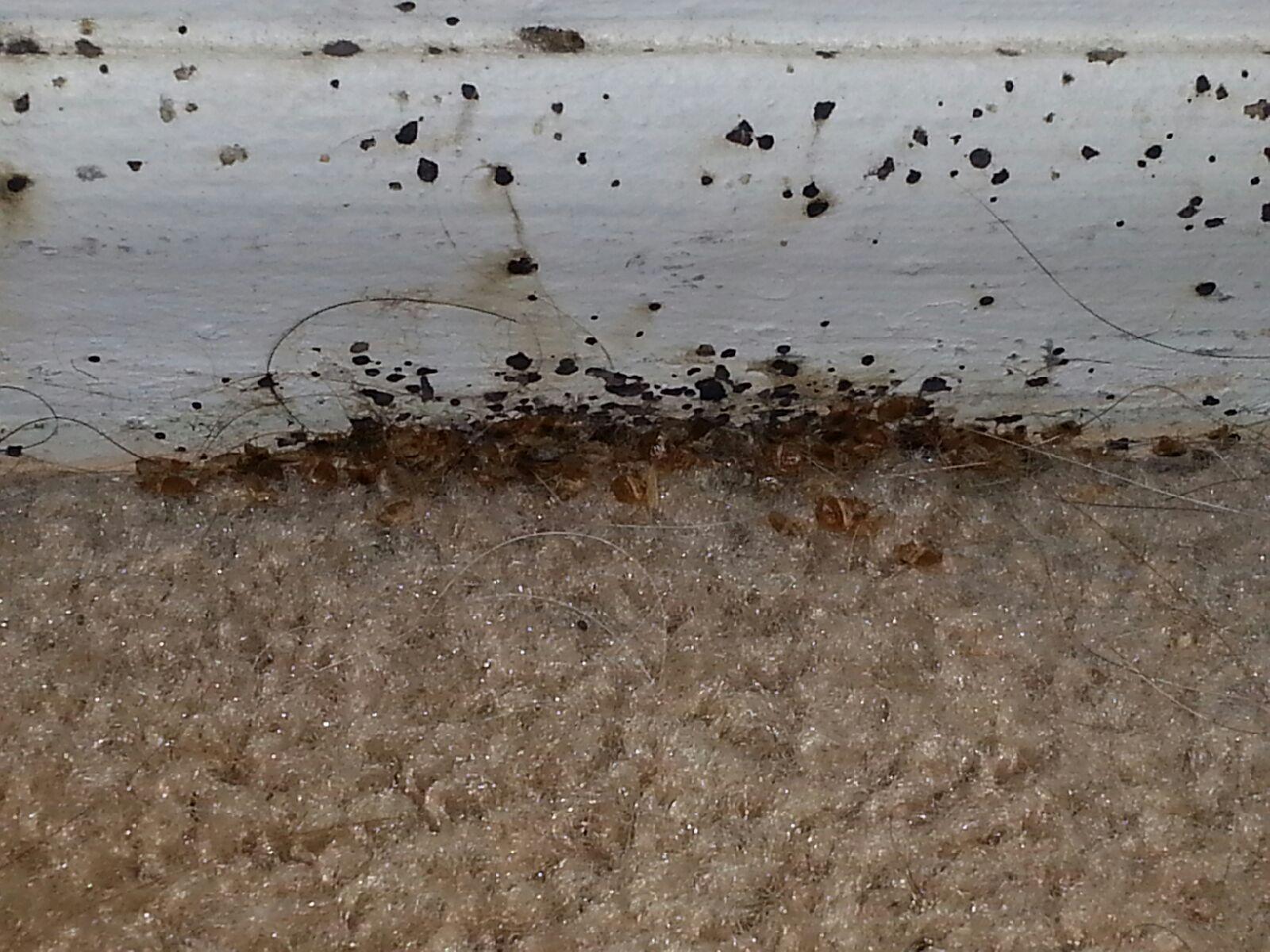

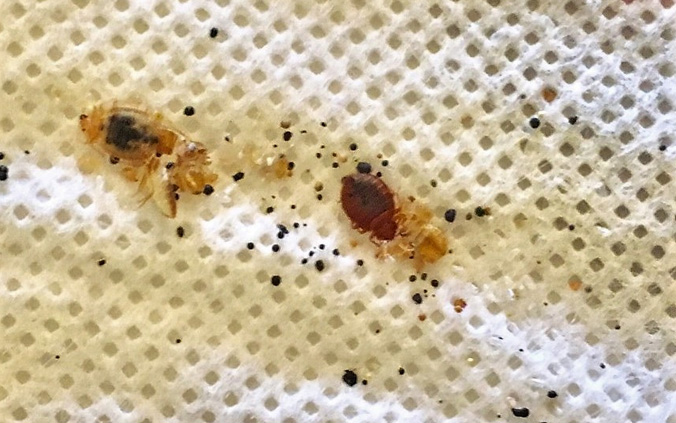


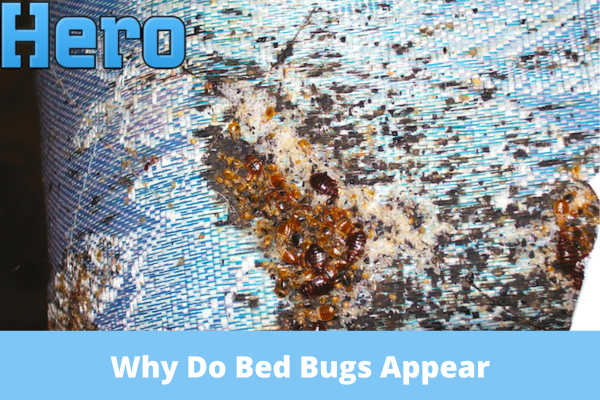

:max_bytes(150000):strip_icc()/Warm-and-cozy-living-room-Amy-Youngblood-589f82173df78c47587b80b6.png)





